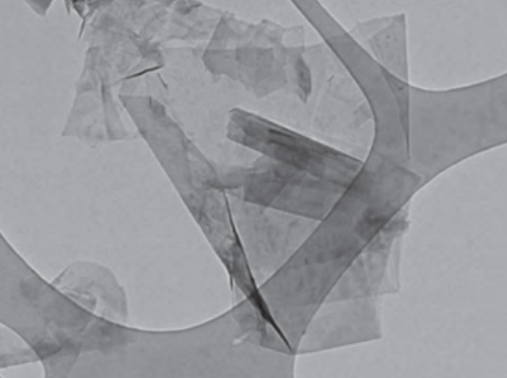A new method of producing large volumes of high-quality graphene
May 2, 2014
A new method of producing industrial quantities of high-quality graphene has been developed by Trinity College Dublin researchers on the AMBER materials-science research team at CRANN.
The researchers say the discovery will “change the way many consumer and industrial products are manufactured.” Potential applications they cite include advanced food packaging, high-strength plastics, super-protective coatings for wind turbines and ships, and batteries with dramatically higher capacity than anything available today.
The graphene material can be further processed to create graphene oxide, used in electronics and other applications.
According to the research team, until now, researchers have been unable to produce graphene of high quality in large enough quantities; the research undertaken by AMBER is the first to perfect large-scale production of pristine (unoxidized and free of basal-plane defects) graphene materials.
Jonathan Coleman, Professor of Chemical Physics at Trinity College, and his team developed a simple method for transforming flakes of graphite into defect-free graphene using commercially available tools, such as high-shear mixers. They demonstrated that graphene-containing liquids can be produced at standard lab-scale quantities of a few hundred milliliters and they say the process could be scaled up to produce hundreds of liters or more.
Thomas Swan Ltd. has worked with the AMBER research team for two years and has signed a license agreement to scale up production and make the high-quality graphene available to industry globally. The company has announced two new products as a result of the research discovery: Elicarb Graphene Powder and Elicarb Graphene Dispersion.
The new research is described in Nature Materials. Thomas Swan Ltd. has invested €750,000 in the research program and plans a further collaboration with AMBER over the next 12 months, with joint funding by Science Foundation Ireland.
Abstract of Nature Materials paper
To progress from the laboratory to commercial applications, it will be necessary to develop industrially scalable methods to produce large quantities of defect-free graphene. Here we show that high-shear mixing of graphite in suitable stabilizing liquids results in large-scale exfoliation to give dispersions of graphene nanosheets. X-ray photoelectron spectroscopy and Raman spectroscopy show the exfoliated flakes to be unoxidized and free of basal-plane defects. We have developed a simple model that shows exfoliation to occur once the local shear rate exceeds 104 s−1. By fully characterizing the scaling behaviour of the graphene production rate, we show that exfoliation can be achieved in liquid volumes from hundreds of millilitres up to hundreds of litres and beyond. The graphene produced by this method performs well in applications from composites to conductive coatings. This method can be applied to exfoliate BN, MoS2 and a range of other layered crystals.
